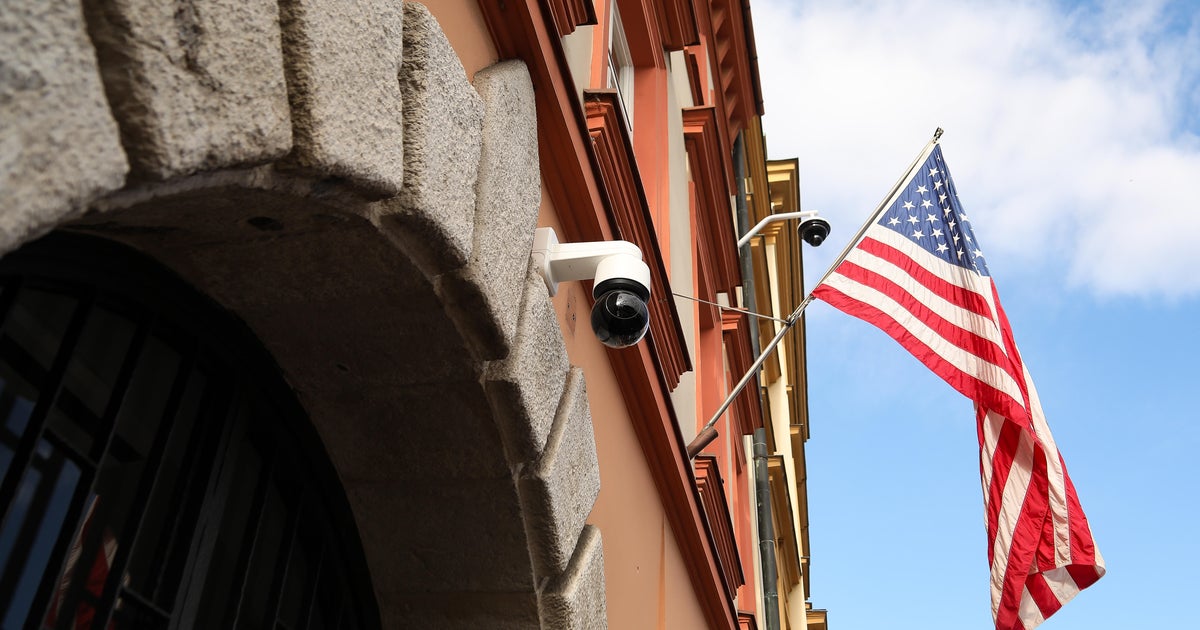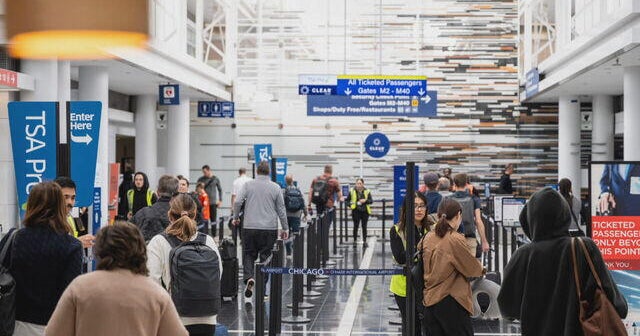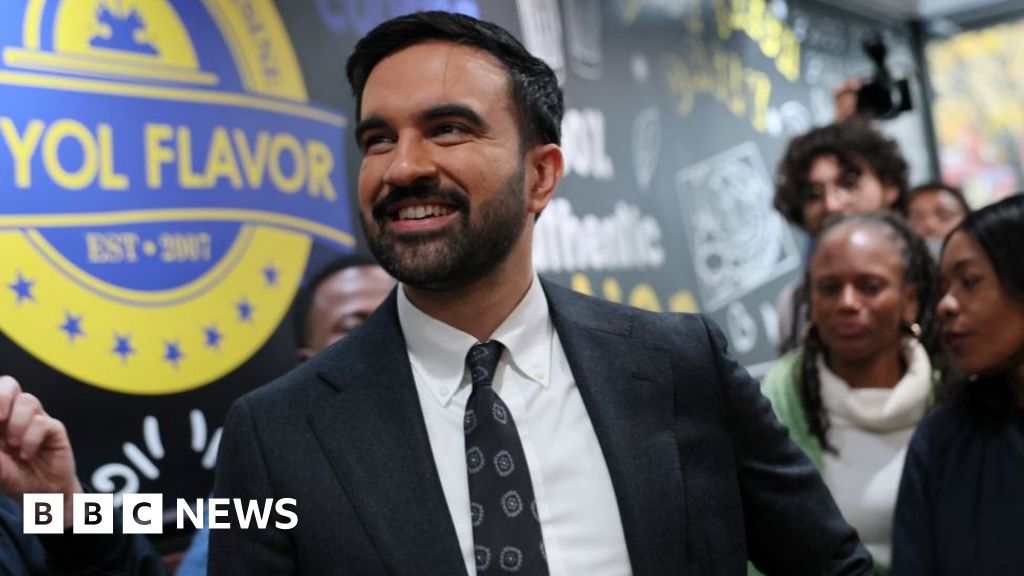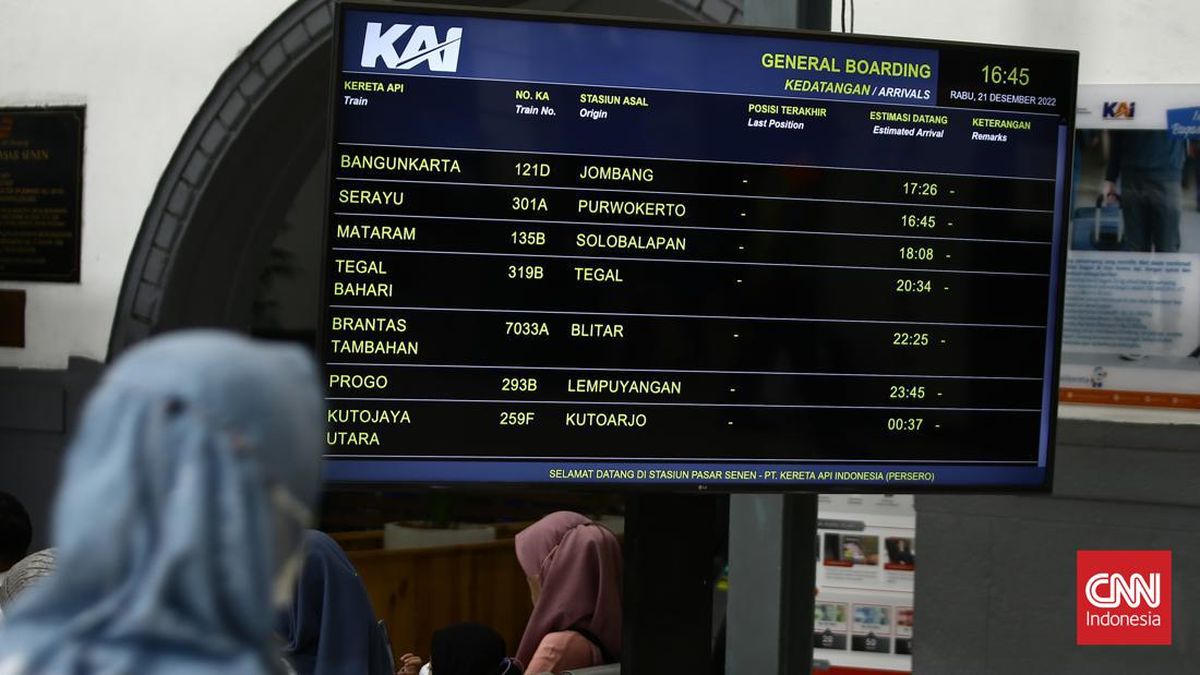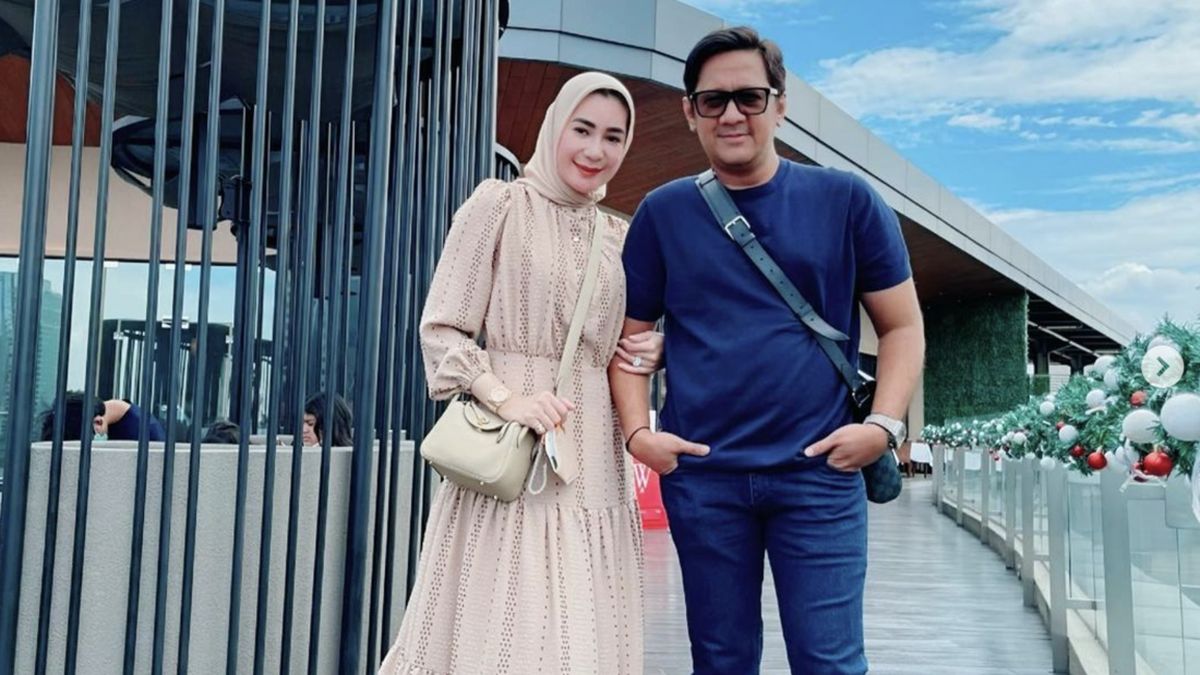Jo Williams always felt like she was on the receiving end of “shit landlords”.
Moving into the Sydney CBD’s first build-to-rent apartment block, Indi Sydney, with her two dogs in December changed that: “It is giving you the power back as a renter, and they treat you with respect.”

Jo Williams with her cavoodles Cooper and Rosie at the award-winning Indi Sydney apartment.Credit: Sitthixay Ditthavong
In contrast to short-term leases that come with insecurity of tenure, she could negotiate a lease of up to five years.
Williams was among the first to move into one of the 234 apartments in 30 storeys, starting in December with a shorter lease to see if she liked it. And she does. She is free to put shelves up, bang a hole in the wall, paint her unit whatever colour she wants, invite 30 friends to party in the rooftop function room, work out in the 25-metre pool, do yoga, and use the shared office space – all included in her rent.
“I am never moving out,” she said. “It is the best thing I have ever done. It is like living in a resort.”
There is no car parking and Williams has sold her vehicle, but coming from the UK Williams does not feel the same stigma attached to renting as others. “It is my happiness [here] versus a mortgage on a house on the outskirts of Sydney.”

Jo Williams in the rooftop lounge at Indi Sydney, which is available for tenants to hire.Credit: Sitthixay Ditthavong
By architects Bates Smart, Indi Sydney won an award for multi-residential architecture in the 2025 NSW chapter of the Institute of Architects and was commended for its sustainability. It claimed the national award for Residential Architecture – Multiple Housing on Thursday night, with the jury hailing it as a “benchmark project in the emerging build-to-rent market”. Other winners included the Sydney Metro city stations, the renovation of NSW Parliament House, and the first building in Bradfield City Centre.
Before the Second World War, 70 per cent of Australians rented, said architectural commentator Tim Ross. That changed with a mega-marketing campaign to lure migrants that promised “a home of one’s own, with a yard and lemon tree you could piss on”. The BTR model has worked well in Europe and taken off in the US, but is nascent in Australia.

Williams in her apartment: “I don’t see it as rent, I am paying for a lifestyle.”Credit: Sitthixay Ditthavong

Williams in Indi Sydney’s rooftop lounge, which she has previously hired out for a party.Credit: Sitthixay Ditthavong

The 25-metre pool at Indi Sydney, the CBD’s first exclusively build-to-rent apartment block.Credit: Sitthixay Ditthavong
The Herald visited Indi with two architects, Anthony St John Parsons, who won NSW’s house of the year and a national award for interior architecture, and Kate Dickinson, an associate principal with Woods Bagot, as part of its ongoing reviews of apartment life.
Consultants BDO estimate the national BTR pipeline includes about 39,300 apartments across 113 projects, worth about $30.1 billion. That represents a growth of 10,000 apartments and nearly $9 billion over the past year.
Professor Anthony Bourke, the host of Grand Designs and podcast The Home Front, says apartment living can be part of the new Australian dream. “In fact it will be. It’s whether we can look at rental and apartment living as a desirable alternative to the detached home, and can we shake the idea that it’s just a step-up before getting a ‘real home’.”
Bourke said the challenge was bringing the model within the reach of the average family.
Williams’ 69-square-metre one-bedroom unit with a balcony rents for $1100 a week. “I don’t see it as rent, I am paying for a lifestyle,” she said. “I would rather pay more because I don’t have to pay for gym, I have beautiful facilities, I don’t have to leave … I can go for lunch or have a drink on the rooftop where you are looking out across the harbour.”
In most high-end apartment blocks, where units are privately owned, the rooftop space would be given over to penthouses. But at Indi, it is a shared space for tenants with a rooftop dining area, a chef’s kitchen, and outdoor space.
Bates Smart managing director, architect Philip Vivian, said Indi was sustainable. “You’ve got to compare it to 234 homes in the suburbs, basically a full suburb with lawns being watered and two cars in every garage … or 234 eco huts all accessed by cars versus far more sustainable zero cars, low-carbon transport.”

Architect Anthony St John Parsons, Indi operations director Courtney Raven, Woods Bagot associate principal Kate Dickinson and Bates Smart managing director Philip Vivian.Credit: Wolter Peeters

A floorplan of a two-bedroom unit in Indi Sydney. Credit: Investa
To reduce greenhouse gases, they “dematerialised” wherever they could. The structural columns that span the 25-metre pool were unadorned.
The developers wanted to cover the concrete in the hallways too. But, Vivian said, “Wherever we can expose the structure, we left it.” It is part of the building’s beauty and charm, residents said.
In countries such as France, build-to-rent is a lifetime option and many landlords will not offer leases shorter than five years. Like Investa, the manager and developer of Indi, landlords are usually long-term institutional investors.
Loading
Housing experts AHURI warn BTR needs to be regulated. Ownership of too many units by one owner creates a risk to tenants and the community if the business owner puts up rents excessively or evicts everyone at the same time to refurbish/redevelop buildings.
On the upside, the blocks are likely to be built to a better standard because building owners know they will be responsible for the maintenance for longer.
Dr Chris Martin of UNSW’s City Futures Research Centre warns of the dark side, and describes many of the advantages as plausible.
“It says something about the uncertainty and turnover in the way the rental housing system currently is structured that the prospect of a mega-corporate landlord has been embraced as such a good thing.”
‘It says something about the uncertainty and turnover in the way the rental housing system currently is structured that the prospect of a mega-corporate landlord has been embraced as such a good thing.’
Chris MartinMartin, a former NSW Tenants Union head, says half of landlords turn over within five years of entering the Sydney and Melbourne market.
“In Australia, BTR has been very plausibly presented as an enhancement to the security that people have, but there have also been international experiences where the rise of large corporate landlords has been detrimental to housing.”
He said the growth of build-to-rent in the US and Europe has resulted in big corporate landlords abusing their power.
“Many bought en masse distressed properties, single-family detached dwellings … And the evidence is that they move to evict tenants more readily than smaller holding landlords.”
Loading
Compared with her experience renting other properties, Williams said she hoped corporate landlords would be held to a higher standard, and so far had no problems.
Atkinson said it was nice to know the BTR product was providing bang for buck. “Maybe you’d meet someone on the rooftop, and grow old together!
“The great Aussie dream historically has been the aspiration, but I think as the population changes and diversifies, so does any one person’s aspiration.”
For example, a tenant may want to spend more on travel, knowing their home is secure, without the distraction of interest rates.

Residents at Indi. Credit: Felix Mooneram
The common spaces are generous. “For BTR this is an interesting space as they are sacrificing tangible NLA [net lettable area]/rent for non-rentable area.”
St John Parsons said Indi’s architecture was amazing. “As a building, it is bloody beautiful.” And he was impressed by how it dealt with “a really tricky dynamic underneath, the metro”.
It was perfect for YoPros, as he calls young professionals, if not YoPro parents like him with two children, who need childcare and preschools.
Most Viewed in National
Loading


